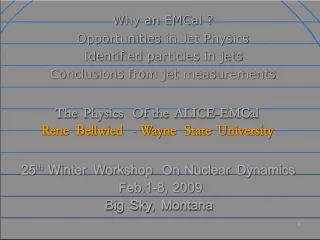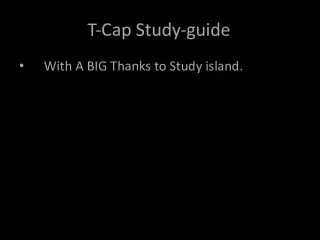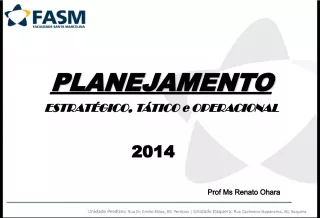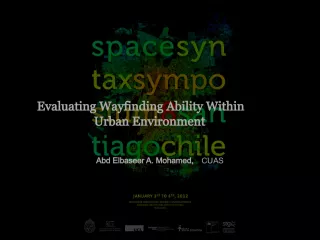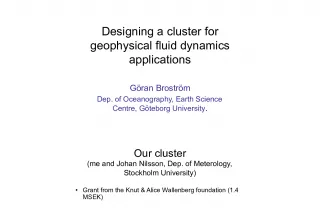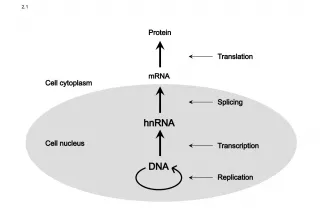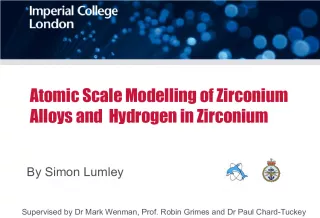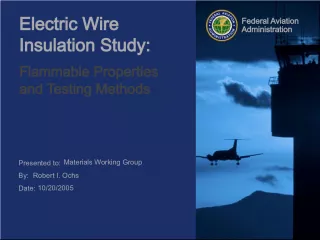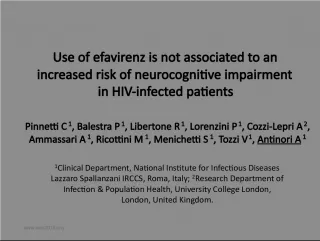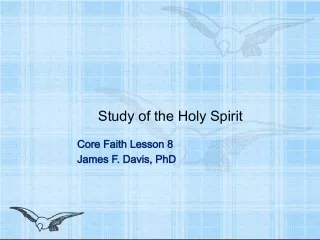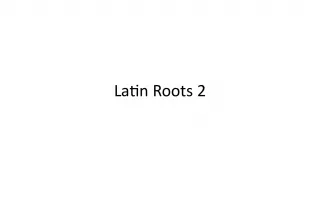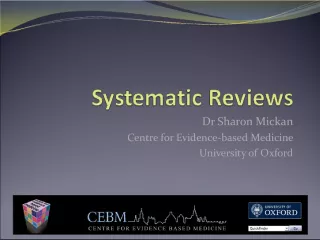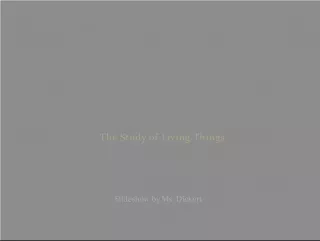Study of jet trigger with ALICE EMCAL for PbPb 5.5TeV


This article discusses the motivation for studying jet trigger with the ALICE EMCAL detector in PbPb collisions at 5.5TeV, outlining the annual jet yield with ALICE, trigger architecture, and jet trigger performance in heavy ion environments.
- Uploaded on | 0 Views
-
 marielaabe
marielaabe
About Study of jet trigger with ALICE EMCAL for PbPb 5.5TeV
PowerPoint presentation about 'Study of jet trigger with ALICE EMCAL for PbPb 5.5TeV'. This presentation describes the topic on This article discusses the motivation for studying jet trigger with the ALICE EMCAL detector in PbPb collisions at 5.5TeV, outlining the annual jet yield with ALICE, trigger architecture, and jet trigger performance in heavy ion environments.. The key topics included in this slideshow are jet trigger, ALICE EMCAL, PbPb collisions, parton energy loss, QGP property,. Download this presentation absolutely free.
Presentation Transcript
1. Study of jet trigger with ALICE EMCAL for PbPb 5.5TeV Masato Sano University of Tsukuba Lawrence Berkeley National Laboratory Research Fellow of the Japan Society for the Promotion of Science
2. Outline Motivation ALICE Detector Annual jet yield with ALICE : PbPb 5.5TeV ALICE trigger architecture Jet trigger performance : PbPb 5.5TeV Summary 2
3. Motivation RHIC has discovered partonic energy loss in QGP These results are from the measurement of leading hadrons If jets can be measured in heavy ion environment, it must be more direct probe for parton energy loss and QGP property itself Phys.Rev.Lett.91(2003) 072304 3
4. ALICE Detector ITS, TPC, TRD : <2 ||<0.9 charged particle momentum determination. p/p 5% at 100GeV/c 4 EMCAL : <110 ||<0.7 0 and measurement E/E 11%/E
5. Annual jet yield at ALICE 5 Annual jet yield Nominal PbPb luminosity 1 running year Binary scaling from p+p (pythia6) FastJet, anti-kt algorithm is applied for jet reconstruction. see next talk by D. Sakata Huge cross section for jet production ! 200k jets/year above100GeV We have lots of opportunity to use jets as a probe for the properties of QGP ALICE cant record all events Need to trigger 200k
6. ALICE trigger architecture Limitations on data flow TPC gating frequency (500Hz) High level trigger input bandwidth (25GB/sec) Data taping bandwidth (1.25GB/sec) We have to select the interesting event efficiently trigger levels in ALICE ( L0(1.2s) , L1(6.6s) , L2 and High level trigger) For heavy ion jet measurement with EMCAL, the trigger decision is at L1 and High level trigger L1 Subsystem information only L1 Subsystem information only High Level Trigger Fully reconstructed event High Level Trigger Fully reconstructed event PbPb L0 frequency : 4kHz Data rate : 80GB/sec L1 output should be < 500Hz (TPC gating frequency) < 25GB/sec (High level trigger input bandwidth) High level trigger output should be < 1.25GB/sec (Data taping bandwidth) 6
7. Jet trigger enhancement with EMCAL Trigger gain : Comparison between Jets triggered by and reconstructed with EMCAL and Jets by geometrical triggers and reconstructed with TPC Applicable for E T Jet >100GeV Jet trigger with EMCAL will enhance high pt jet yield 7
8. Study of jet trigger performance : PbPb 5.5 TeV To evaluate the jet trigger performance in PbPb collision with ALICE EMCAL, I analyzed the PYTHIA events merged with HIJING events, and applied the L1 trigger and High level trigger. L1 trigger Patch trigger algorithm is used with subsystem information only (EMCAL, V0) Search the square patch which have maximum amplitude in EMCAL acc. If the amplitude is above the threshold, we accept the event High level trigger Fully reconstructed event information (tracks, clusters in EMCAL, , etc) Fastjet Anti-kt algorithm (R=0.4) Search the jet which have maximum p T inside EMCAL acc. If the p T is above the threshold, we accept the event 8 EMCAL
9. Background rejection : PbPb 5.5TeV Left plot : Maximum patch amplitude distribution weighted by data volume Background only (HIJING) Applied cut to reduce data volume by factor 10 Right plot : L1 rejection vs L1 output frequency Rejection 10 L1 output 110Hz, 8GB/sec 9 110Hz
10. Trigger bias on jet yield : PbPb 5.5TeV Upper plot : Jet yield as a function of jet p T for pythia before/after trigger Bottom plot : Jet trigger efficiency Rejections are 10 and 40 for L1 trigger and High level trigger respectively L1 output : 110Hz , 8GB/sec HLT output : 0.2GB/sec We have 90 % efficiency at above 80GeV/c for these rejections 10 90 %
11. Summary Jet Trigger performance was evaluated for PbPb 5.5TeV Jet trigger efficiency is greater than 90% above 80GeV/c with the following rejections These output are satisfied with the requirements (TPC gating frequency, High level trigger input bandwidth and data taping bandwidth) Centrality dependence of jet trigger performance Jet trigger performance with the jet quenching model Jet trigger performance for pp 11 O utlook L1 output : 8GB/sec, 110Hz HLT output : 0.2GB/sec L1 : 1/10 HLT : 1/40
12. Back up 12
13. ALICE Detector ITS, TPC, TRD : <2 ||<0.9 charged particle momentum determination. p/p 5% at 100GeV/c EMCAL : <110 ||<0.7 0 and measurement E/E 11%/E JCAL : Upgrade of electro magnetic calorimeter in ALICE Sitting on back to back side of existent EMCAL in azimuthal angle < 60,<1.4 Dijet, pi0-jet, gamma-jet correlation measurement. 13
14. Annual jet yield at ALICE Annual yield for various jets are calculated. Inclusive jet with R=0.4 in EMCAL Inclusive jet with R=0.2 in EMCAL Jet1 (in Jcal) jet2(in EMCAL) (in Jcal) jet (in EMCAL) (in Jcal) jet (in EMCAL) Nominal PbPb luminosity for 2 months. Binary scaling from p+p (pythia6) FastJet, anti-kt algorithm is applied for jet reconstruction. We have lots of opportunity to use jets as a probe for the property of QGP !! Y.Miake, P.Jacobs, H.Yokoyama, M.Sano, 14
15. L1 rejection vs Threshold for PbPb 15
16. Response of the L1 & HLT Left plot : for L1 Correlation between jet p T in pythia(X axis) and amplitude of MaxPatch for L1 in pythia+Hijing(Y axis). For L1 we can use only partial information like EMCAL cell, V0 and etc. therefore broad correlation can be seen. Right plot : for HLT Correlation between jet p T in pythia(X axis) and p T of Maximum Jet for HLT in pythia+Hijing(Y axis). For HLT we can use the fully reconstruced information, so much sharper correlation can be seen than L1. 16
17. Patch size : 0.1x0.1 17
18. Patch size : 0.2x0.2 18
19. Patch size : 0.3x0.3 19
20. Patch size : 0.4x0.4 20
21. 21
22. Jet trigger efficiency : pp 5.5TeV 22
23. V0 hits vs EMCAL total energy : Background subtraction 23
24. Jet energy resolution 24 ALICE EMCAL technical design report
